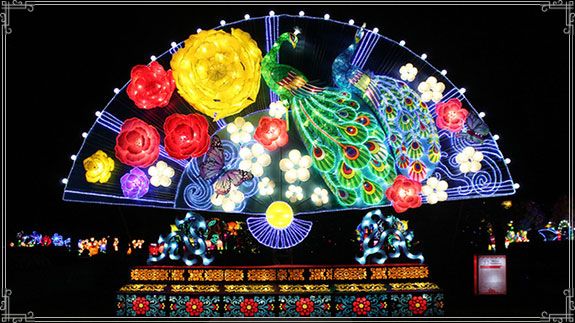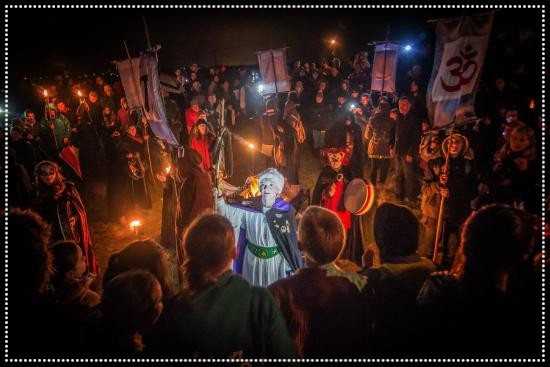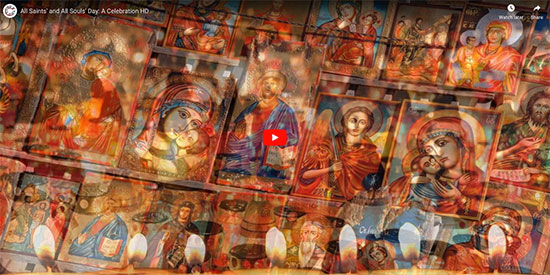The Pig is the twelfth of the 12-year cycle of animals which appear in the Chinese zodiac, related to the Chinese calendar. Although the Pig is not thought of as a smart animal in China, with a reputation for loving to sleep and eat and play in the mud, in the west, we know the Pig to be highly intelligent.
The Chinese interpretation is perpetuated by a myth in which the Jade Emperor invites all the animals to a party and the Pig arrives last, forever relegating it to 12th place in the zodiac.
Just as the Buddha is often depicted as heavy set, indicating his acceptance of everything, the Pig’s wide face and big ears connote good fortune. Their winning personalities indicate an easy way forward in life.
In the 60 year cycle of the 12 astrological signs, 2019 is the Year of the Earth Pig. In completing this cycle, 2019 is seen as especially beneficial to those born in previous Years of the Pig, including 1935, 1947, 1971, 1983, 1995 and 2007. The most recent Year of the Earth Pig was 1959. Those born under the sign of the Pig are thought to be most compatible with protective Tigers (1926, 1938, 1950, 1962, 1974, 1986, 1998, 2010, etc.) *Note that the Lunar Calendar has the Year of the Pig beginning on February 5th.





